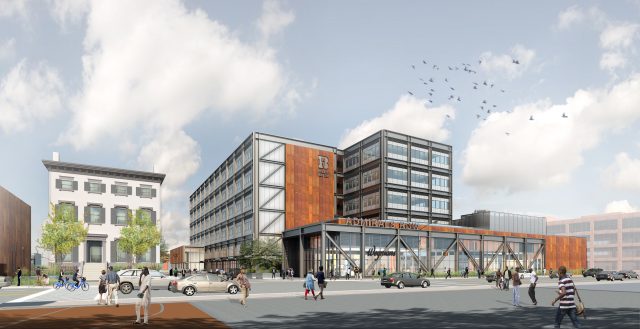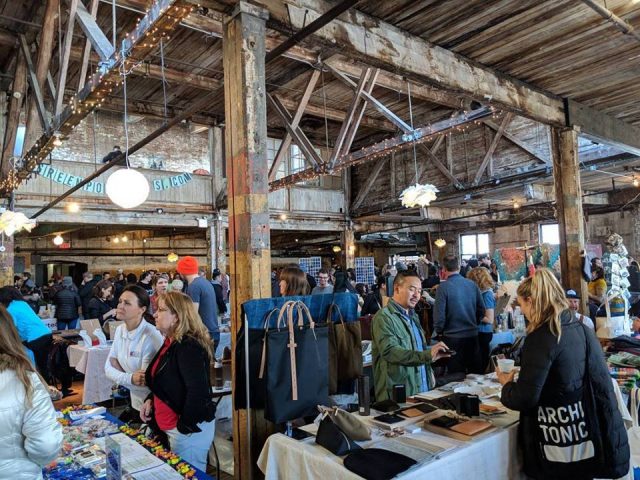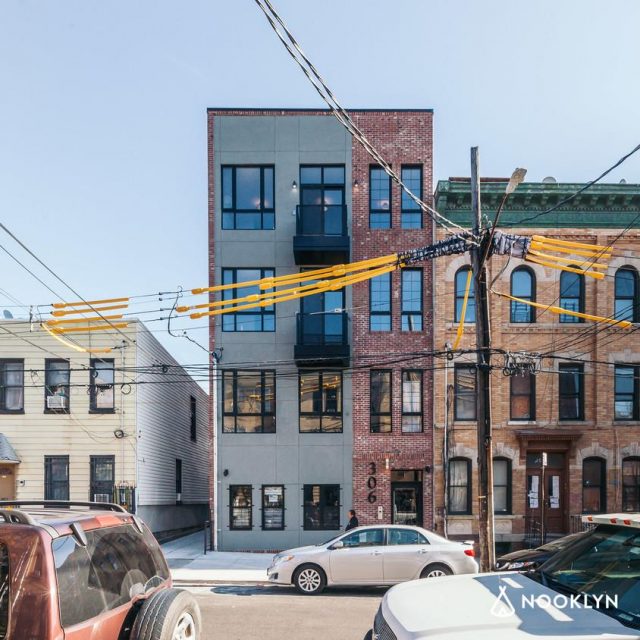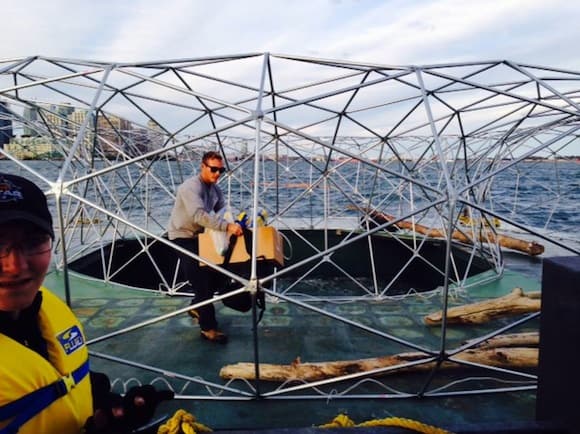
Finding a place for your gallery showing or performance piece can be hard. You’ve got to know where it’ll have the most traction, where it’ll garner attention from audiences and reviewers, and how to do it on a budget. Most importantly, you’ve got to know how to do it without getting arrested. Two arts groups in New York have figured out how to circumvent the competitive art scene by putting up their work in a legal, free location that hasn’t been claimed yet: the Hudson River.
This summer starting in June, you’ll be seeing an 80-foot by 30-foot floating community garden project called Swale pop up on the Hudson, courtesy of activist artist Mary Mattingly (you may have read about this last year). And in July, Biome Arts is bringing a series called “Eco_Hack 2016,” consisting of performances, gallery shows and other activist meetings in a pavilion that they’re erecting on top of the floating garden.
And you thought your art was risky. We spoke to Mattingly, the 36-year-old visual artist behind Swale, and Sally Bozzuto, a 35-year-old arts activist and member of Biome Arts, to better understand the nature of their exclusive partnership.

Built on top of a barge and filled with soil planters growing edible fruit trees and veggie plants, Swale is like the natural, healthy version of the Chocolate Room in Willy Wonka.
“Think more garden than forest,” Bozzuto told Brokelyn. “Swale will not look exactly like a forest of tall trees but rather more like a garden with some small trees including alder, lime and Asian persimmon. All [the plants] are edible, including the small trees, bushes and shrubs such as gooseberry and huckleberry, and smaller plants like asparagus, cherry tomatoes, yams and greens.”
Mary Mattingly explained to us that although Swale’s projected track ranges a great distance along the Hudson River, it will always be tied to one pier or another while people are on it. “There [has to be] a contingency plan with boats. It’s always possible but highly unlikely that one does sink. Vessels with public access — which is what Swale is — are highly engineered and regulated by the US Coast Guard. Every floating vessel has to have life jackets, and we will, too.”
___________
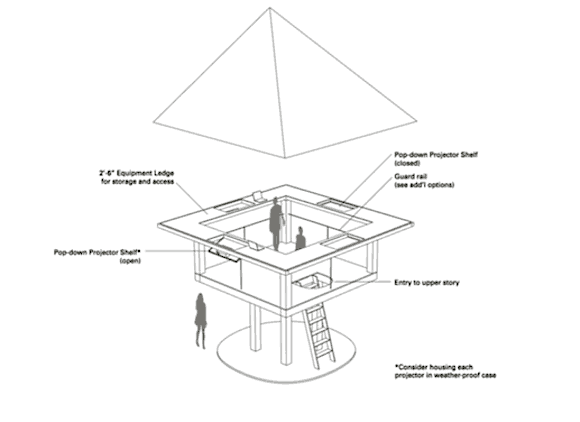
For their part, Biome Arts is constructing a two-story 12 x 12 foot pavilion as an installation of sorts that will exist on top of Swale as it floats. So this won’t be just your typical floating farmers market. It’ll also host the collective’s own treehouse-like space that serves as a performance venue for collaborating artists, an activist meeting hall, art gallery and control center where visitors can witness what’s making the forest thrive.
“We’re putting digital sensors in the plant beds on Swale to gather environmental data like temperature, moisture, pH content, salinity,” explained Bozzuto. “Then we will be creating projections that visualize this data so that you can get an idea of what’s going on with the forest by day by viewing the projections at night time.”
Performances will include things like data music, walking tours of the “forest,” panel discussions about using the digital world for ecological activism, and workshops on renewable energy resources.
Even though it floats on the Hudson River, you won’t need a boat to get to this multi-use installation space. Bozzuto told us that the Swale barge will be docked at various locations in the city throughout the summer and fall including the Concrete Plant Park in the Bronx, Governor’s Island and Brooklyn Bridge Park (locations TBA here), accessible from the shore via a gangway entrance, like the kind you use to board planes.
In case you’re wondering about whether all of this is legal, so are we. In fact, the collective and Mattingly seem to be adopting a kind of shoot-first mentality about the project’s debut. It’s a viable strategy since, at the end of the day, Swale is basically just a giant boat with a treehouse on it. Visitors will be able to taste, pick and bring home the organic fruits and vegetables, but everything is free, so there’s no real health code liability.
________
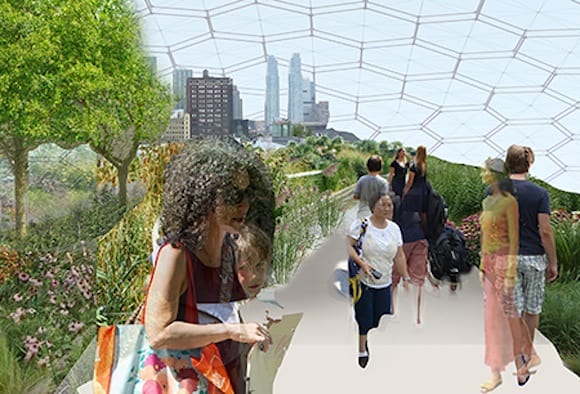
“It’s actually illegal to grow food on public property in New York,” Bozzuto told us, “but a water vessel is kind of a grey area. Part of the impetus behind the project is to affect policy change.”
Mattingly adds, “The art statement [of Swale] is more of a question: what if fresh food in our city could also be a public service, and not just an expensive commodity? Swale is both functional and symbolic. Through it, we want to imagine and work towards a city where public spaces are filled with edible, perennial plants.”
Biome Arts’ own artistic mission is aligned, but separate: Bozzuto told us that her company’s project is more about forging an arts scene that takes ecological stewardship, open source collaboration and economic solidarity more seriously.
Well hey, we’re all for economic solidarity and free food. You can check out mockups for the Biome Arts project here, and the mockups of Swale here. You should also head to Biome Arts’ benefit party in Bushwick this Saturday (March 26) at 8pm at r&dstudios (345 Eldert St.), since proceeds from the event will go toward their programming on Swale.
One thing’s for sure: this will definitely beat the Fort Greene farmers market and all your friends’ art shows in Bushwick combined.
Follow Sam for more news about all of New York’s hottest floating clubs: @ahoysamantha.
Leave a Reply

